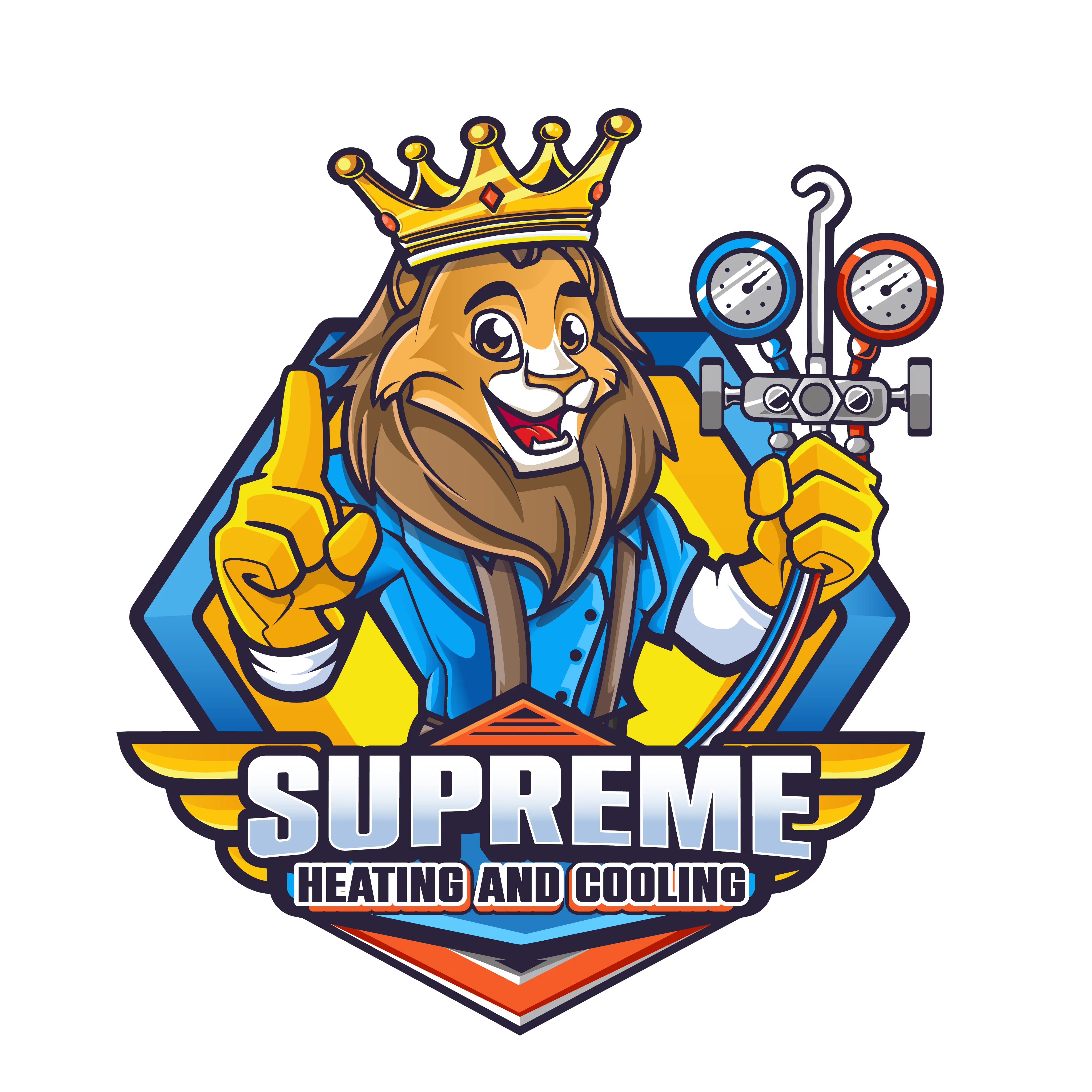
Ceiling fans play a big role in keeping rooms cool during hot summers in North Huntingdon. But when the remote control stops working, it can quickly make things inconvenient. Most residents depend on these remotes to control speed, turn on lights, or power the fan off without needing to reach up. When they don’t respond, it’s more than just frustrating—it disrupts the comfort people rely on in their homes.
Remote control malfunctions are more common than they seem. Many homeowners in North Huntingdon report issues ranging from dead remotes to fans that only respond part of the time. Resetting the remote or replacing the batteries does not always do the trick. It helps to understand what might be going wrong and what steps can prevent repeat problems. Acting early can help avoid bigger system failures and protect necessary electrical functions around the home.
Common Causes Of Ceiling Fan Remote Control Malfunctions
Several things can cause a ceiling fan remote to misbehave. Not every issue is obvious at first, so it helps to know what to look for before assuming the entire fan needs replacing. Below are some common causes that North Huntingdon homeowners may encounter:
– Interference from other devices: Other electronics in the home, like a garage door opener or a wireless speaker, can interfere with the signal. If signals are overlapping, the remote might not reach the fan’s receiver clearly.
– Radio frequency conflicts: Ceiling fan remotes work using specific radio frequencies. If more than one device is using the same frequency, the fan might randomly turn on or off or ignore commands altogether.
– Battery issues: Batteries wear out faster than most people expect. Several remote problems come down to a drained or leaking battery. When power is weak, the remote won’t deliver strong signals, even when it looks fine on the outside.
– Faulty remote or receiver: Sometimes the issue lies not in the remote itself but in the fan’s receiver. Wear and tear over time can damage internal components or wiring connections, causing irregular response or complete failure.
One North Huntingdon homeowner reported that the fan in their upstairs bedroom worked perfectly one day, then wouldn’t respond unless they stood right under it. After checking other sources of interference and replacing the batteries, it turned out the receiver inside the fan had loosened slightly, making it harder to receive consistent signals. That is the kind of issue that can go unresolved for weeks if the cause is not properly investigated.
Malfunctions like these can be frustrating, especially when they affect multiple rooms or interfere with sleep routines during warm nights. Recognizing the cause is the first step in finding the right fix.
Troubleshooting Tips For Homeowners
If you’re dealing with a ceiling fan remote that’s acting up, there are a few basic troubleshooting steps you can try before calling in help. These can resolve minor issues or at least help narrow down what’s going wrong.
1. Replace the batteries: Try fresh batteries first. Even if the existing ones haven’t been in long, power levels vary.
2. Re-sync the remote with the fan: Check the instruction manual for how to reset or pair your remote with the ceiling fan. Most remotes have a combination of button presses that reconnect the signal.
3. Inspect the dip switches: Some remotes and fans still use dip switches for frequency settings. If these switches are not aligned between the remote and the fan, they won’t communicate. Check that both are set the same.
4. Check for physical damage: Cracks, overheating signs, or worn-out buttons could show your remote is damaged. Also, if the receiver in the ceiling fan smells burnt or gives off heat, it is best to stop using it and schedule an inspection.
5. Try the wall switch: If your fan has a wall switch, test whether the fan still works manually. If not, the issue may lie beyond the remote entirely.
Basic troubleshooting stops the guesswork and helps homeowners avoid unnecessary replacement. If none of these steps work, then the problem might be more complex and tied to the electrical components in the ceiling mount or the internal wiring. Homes in North Huntingdon, especially those with older wiring or recently renovated rooms, may experience more frequent issues unless the electrical systems are updated or checked regularly.
When To Call Our Professionals
There are cases when fan remote problems go beyond what a quick battery swap can solve. If you’ve worked through the common troubleshooting steps and the issue keeps coming back, it is time to involve someone with hands-on experience. Pushing forward with a faulty remote or an unstable electrical connection can lead to damage inside the fan or even greater electrical risks.
Some warning signs that should not be ignored include:
– The remote loses signal often even with new batteries
– The lights on your fan blink or flicker unexpectedly
– You hear buzzing or ticking sounds when the fan is on
– The fan smells like something is heating up or burning
– The remote works only when you stand very close to the fan
These signs could mean the ceiling fan’s receiver, wiring, or surrounding electrical setup has problems that go deeper than what a homeowner can fix with household tools. For example, one North Huntingdon resident noticed that their bedroom fan kept turning itself on in the middle of the night. They kept changing remote codes and replacing batteries, but nothing helped. Eventually, the issue traced back to a damaged wire inside the ceiling mount. It wasn’t an obvious short until tested by a technician.
Trying to fix electrical parts without proper know-how or equipment increases potential safety hazards. If your remote fails often or your fan starts responding unpredictably, you need someone trained who can check the wiring and make safe repairs. Our technicians have the tools to test the receiver and circuit connections and can get the system working again without guesswork.
Preventive Maintenance And Care Tips
Many remote control problems can be avoided with basic care and attention. Ceiling fans may not need much maintenance, but they do benefit from occasional checks and cleaning. Keeping the fan and remote in good condition helps the components last longer and reduces the chance of sudden issues.
Here are a few preventative steps that homeowners in North Huntingdon can take:
– Gently clean the fan blades and housing every few months. Dust buildup can affect the motor and airflow. Over time, vibrations from an unbalanced fan may loosen internal wiring.
– Wipe the remote control with a soft cloth. Dust and grime around buttons can make them stick or behave erratically.
– Replace the remote batteries once or twice a year, even if they still seem to work. Weak power affects signal strength without always showing signs.
– Store remotes in a dry area away from direct sunlight or high humidity. Excess heat and moisture can damage the internal circuit board.
– Schedule occasional inspections. If your home has older wiring or ongoing electrical challenges elsewhere, it’s worth having an expert check the ceiling fan setup too.
These steps do not require much time but go a long way in preventing surprise failures, especially during hotter months when fans run more hours daily. Regular maintenance is easier than reacting to issues when comfort is already disrupted.
Keeping Your Ceiling Fan In Top Condition
Dealing with a faulty fan remote can be a hassle, especially in the middle of summer when North Huntingdon homes rely on ceiling fans the most. Remote malfunctions may start small—failing once or twice—but if overlooked, they often turn into bigger electrical concerns or leave rooms without proper airflow when it matters most.
Being proactive with cleaning and battery checks helps, but once performance issues keep showing up, working with trained professionals becomes the most reliable option. Ignoring noise, heat, or irregular responses from the fan or remote can lead to permanent damage or safety concerns. Investing in a proper inspection can get things working right again, without the trial and error that wastes time and effort.
When the fan’s response isn’t matching the controls, or you no longer feel confident using the system without problems, it is a clear sign something needs attention. A qualified technician can inspect the wiring, test the remote’s frequency, and diagnose whether the receiver or other components need repair or replacement. Whether it is interference from nearby devices or a receiver unit that has aged out, trained help ensures your ceiling fan keeps things cool and safe through the long North Huntingdon summer.
If your ceiling fan issues have become a recurring concern and you are looking for a safe, efficient resolution, consider that even minor electrical glitches can lead to larger problems over time. At Supreme Heating and Cooling, we understand the frustration that comes with persistent remote malfunctions and unexpected electrical behavior, and we work hard to ensure your home stays safe and comfortable. Addressing problems through quality electrical services in North Huntingdon can help resolve underlying wiring issues or intermittent signal problems, providing long-term peace of mind and preventing future inconveniences. For a quick estimate or to book a service visit, please contact us today.

.svg)

.webp)


.svg)
.webp)
.svg)
